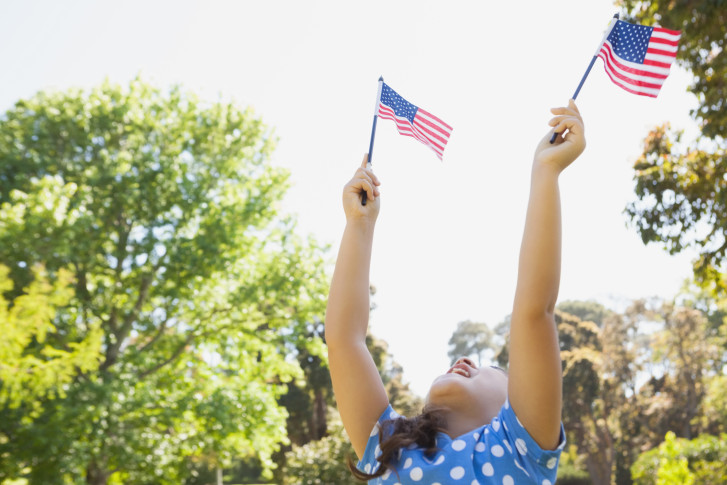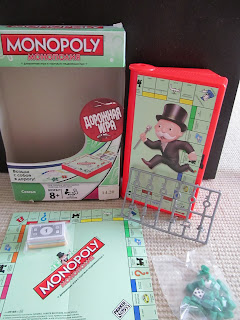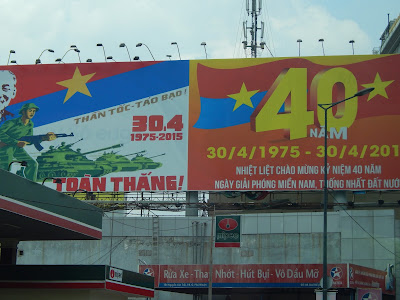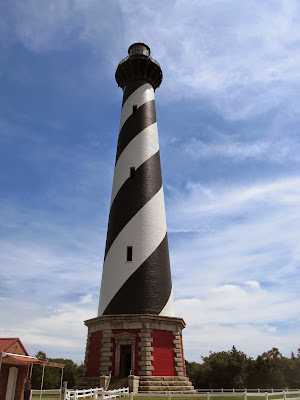Having just spent five days in St. Petersburg, Russia, I learned that there is a paucity of good travel information about the city. So, here's some inside skinny just for you.
1. Everyone knows about the Hermitage. But not everyone knows about the newest Hermitage outpost.
The Hermitage is Russia's largest museum. The main building is housed in the Winter Palace, the former home of several tsars. For years, the most popular galleries in the behemoth building consisted of works from Western Europe--more specifically, from the studios of Impressionist and post-Impressionist era giants like Monet, Van Gogh, Picasso and Matisse. But here's the scoop. Last December, this collection was relocated across Palace Square to the General Staff Building. As of yet, no one seems to know about the move. So, while the old Hermitage is packed with throngs of tourists, the General Staff Building is almost empty. So, canvas this impressive collection before word gets out.
3. The Faberge Museum is fabulous.
This addition to the St. Petersburg art scene opened in the fall of 2013. The museum contains the largest collection of the works of Carl Faberge, jeweler to the tsars. Many of the pieces come from the famed Malcolm Forbes collection, which was purchased by Russian gazallionaire Viktor Vekselberg in 2004. The highlights are nine Imperial Easter Eggs created by Faberge for the last two Russian tsars--Alexander III and Nicholas II. (Prior to Vekselberg's purchase, St. Petersburg had been eggless).
There are more than 4,000 works of art in the museum, so make sure to spend some time. The Faberge Museum is open every day except Friday. From 10 to 6, the exhibition is only available for viewing with a guided tour. An English-language guided tour is available at least once per day, or you can join any tour wearing an audioguide. From 6 PM to 8:45 PM, visitors can explore the museum on their own.
The renovated Shulalov Palace (circa 1799), in which the collection resides, is a masterpiece in and of itself.
4. In addition to its glam museums, St. Petersburg also has its share of the quirky.
To wit, one museum features Pavlov's dog. Another showcases micro-miniatures: wee pieces of art smaller than one millimeter...and only visible by microscope. More on those unconventional menageries in the next post.
1. Everyone knows about the Hermitage. But not everyone knows about the newest Hermitage outpost.
The Hermitage is Russia's largest museum. The main building is housed in the Winter Palace, the former home of several tsars. For years, the most popular galleries in the behemoth building consisted of works from Western Europe--more specifically, from the studios of Impressionist and post-Impressionist era giants like Monet, Van Gogh, Picasso and Matisse. But here's the scoop. Last December, this collection was relocated across Palace Square to the General Staff Building. As of yet, no one seems to know about the move. So, while the old Hermitage is packed with throngs of tourists, the General Staff Building is almost empty. So, canvas this impressive collection before word gets out.
 |
Top: Vincent Van Gogh: Chaumieres a Auvers-sur-Oise (1890) Bottom: Henri Matisse: The Red Room (1908) |
2. The Hermitage is dirt cheap.
The Hermitage is actually a collection of museum facilities. Six hundred rubles buys you an entry ticket to the Main Museum Complex and the branches, including The General Staff Building, Winter Palace of Peter the Great, and the Museum of the Imperial Porcelain Factory. If you want to go to just one branch, entry is 300 rubles (less than 6 dollars). If you don't want to stand in an endless line to purchase tickets, buy online. The first Thursday of the month is free entry. More information can be found here.
The Hermitage is actually a collection of museum facilities. Six hundred rubles buys you an entry ticket to the Main Museum Complex and the branches, including The General Staff Building, Winter Palace of Peter the Great, and the Museum of the Imperial Porcelain Factory. If you want to go to just one branch, entry is 300 rubles (less than 6 dollars). If you don't want to stand in an endless line to purchase tickets, buy online. The first Thursday of the month is free entry. More information can be found here.
 |
| The Hermitage and Alexander Column |
This addition to the St. Petersburg art scene opened in the fall of 2013. The museum contains the largest collection of the works of Carl Faberge, jeweler to the tsars. Many of the pieces come from the famed Malcolm Forbes collection, which was purchased by Russian gazallionaire Viktor Vekselberg in 2004. The highlights are nine Imperial Easter Eggs created by Faberge for the last two Russian tsars--Alexander III and Nicholas II. (Prior to Vekselberg's purchase, St. Petersburg had been eggless).
There are more than 4,000 works of art in the museum, so make sure to spend some time. The Faberge Museum is open every day except Friday. From 10 to 6, the exhibition is only available for viewing with a guided tour. An English-language guided tour is available at least once per day, or you can join any tour wearing an audioguide. From 6 PM to 8:45 PM, visitors can explore the museum on their own.
 |
| Lilies of the Valley Imperial Easter Egg 1908 |
The renovated Shulalov Palace (circa 1799), in which the collection resides, is a masterpiece in and of itself.
 |
| The dome inside the main hall of Shulalov Palace |
 |
| Exterior of the Faberge Museum |
4. In addition to its glam museums, St. Petersburg also has its share of the quirky.
To wit, one museum features Pavlov's dog. Another showcases micro-miniatures: wee pieces of art smaller than one millimeter...and only visible by microscope. More on those unconventional menageries in the next post.
 |
| The Hygiene Museum or the Miniatures Museum? See next post for the answer. |
 |
| Retro Soviet posters at the Museum of Hygiene |














































